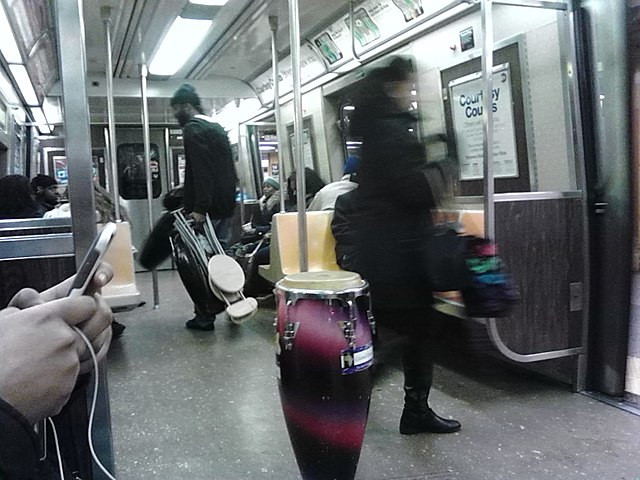As the migrant crisis in New York City enters its third year, a disturbing sight has become increasingly common on the city's subways: young children, some as young as 7 or 8, selling candy to passengers, often without parental supervision, according to The New York Times. This phenomenon has raised concerns among New Yorkers about child labor, school attendance, and the well-being of these migrant children, but city and state agencies appear to have no clear solutions.
More than 180,000 migrants have been processed by New York City agencies in the last two years, with approximately 65,000 currently residing in homeless shelters. Many of these newcomers, desperate to survive in an expensive city but unable to work legally, have turned to selling food as a main source of income. The sight of children selling candy on the subway, sometimes during school hours, has troubled the conscience of many New Yorkers.
"No parent, no parent, where the parent at?" one rider called out in a video posted on X, formerly Twitter, as a young girl in a puffer coat walked by with a basket of M&M's, Kit Kats, and Trident gum slung across her shoulder.
Despite the apparent violations of laws requiring children between the ages of 6 and 17 to attend school, prohibiting most jobs for children under 14, and banning the sale of merchandise in the transit system without a permit, recent queries to seven city and state agencies revealed a lack of consensus on who is responsible for addressing the issue.
The Department of Education, which has "attendance teachers" tasked with ensuring families send their children to school, referred inquiries to the NYPD. However, the Police Department declined to say whether officers are instructed to take any action if they encounter school-age children selling candy during school hours.
The state Labor Department admitted difficulty in determining whether the practice would violate labor law, which typically regulates employer-employee relationships. The city's child welfare agency, the Administration for Children's Services, suggested that concerned individuals call the state child abuse hotline, but the State Office of Children and Family Services clarified that a child selling merchandise or panhandling would not be considered maltreatment or neglect unless there was a specific concern about possible harm.
Logistical hurdles further complicate the issue, as candy sellers can easily move to different locations before authorities can respond to reports. The Metropolitan Transportation Authority, responsible for running the subways, cited its rule against unauthorized commercial activity but referred further inquiries to the police and City Hall.
Monica Sibri, an Ecuadorian immigrant who advocates for migrants in New York, provided insight into the reasons migrant families have given for bringing their children to sell candy on the subways. Some wrongly assume their children can easily catch up after missing a semester of school, while others face delays in enrollment due to paperwork and vaccination requirements. Some families, Sibri noted, sold candy with their children back in Ecuador and are simply continuing the practice as a temporary measure in New York.
"The families are not saying they don't want to put their kids in school," Sibri explained. "What they're saying is they haven't figured out the paperwork that they need to be able to put them in, and some of them aren't trusting the system."
New Yorkers have expressed mixed reactions to the sight of migrant children selling candy on the subways. While some, like Sandra Acosta, a home health aide, believe the children should be in school and that the practice is dangerous, others, like Acosta herself, acknowledge the difficult circumstances migrant families face and the lack of support systems available to them.
As the migrant crisis persists and the city struggles to find solutions, the plight of these children selling candy on the subways serves as a stark reminder of the complex challenges faced by migrant families in New York. Without clear guidance and support from city and state agencies, the well-being and future of these children remain uncertain.






